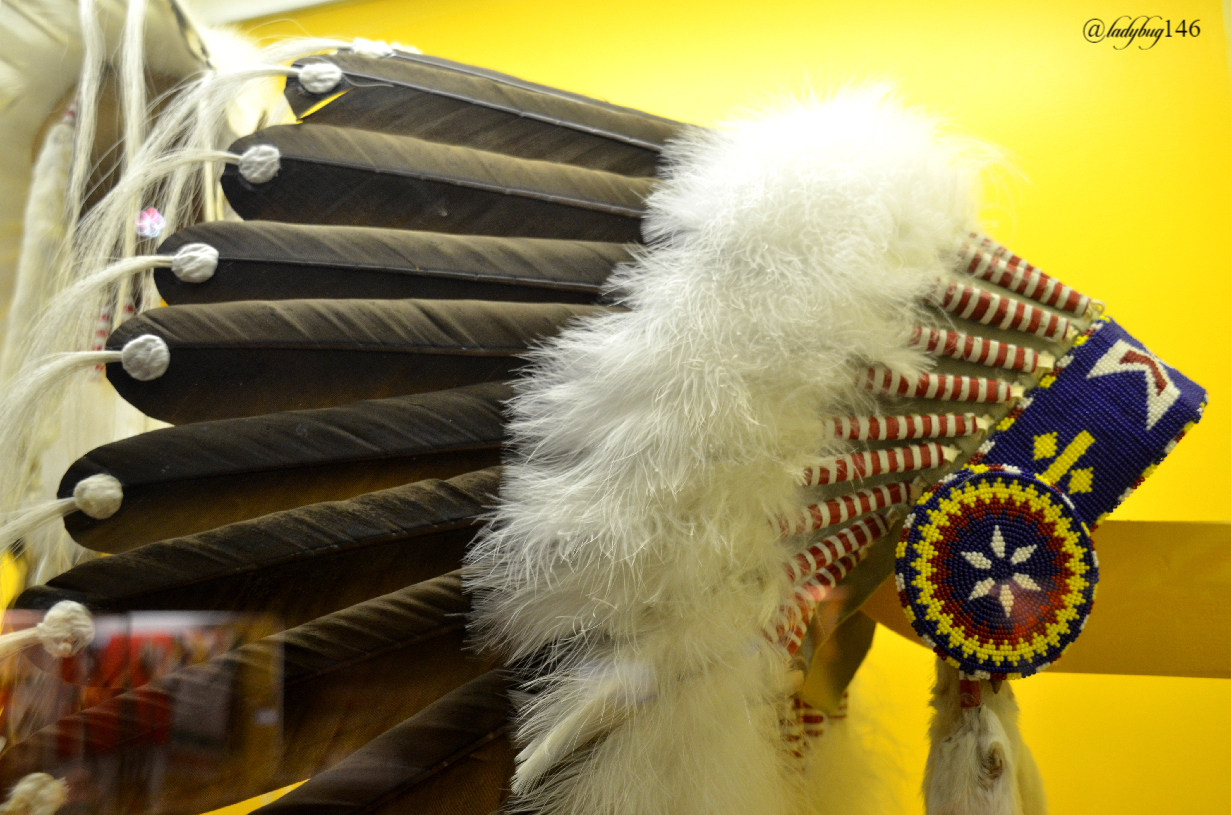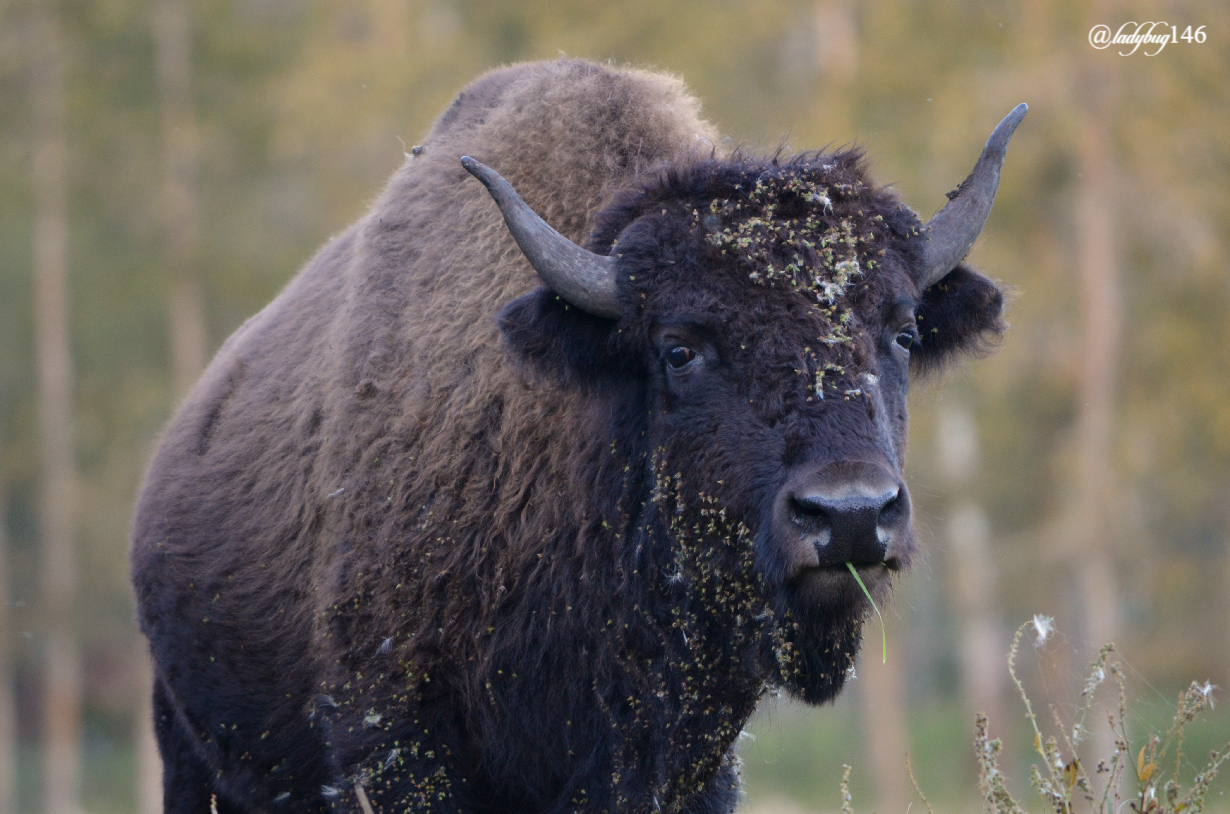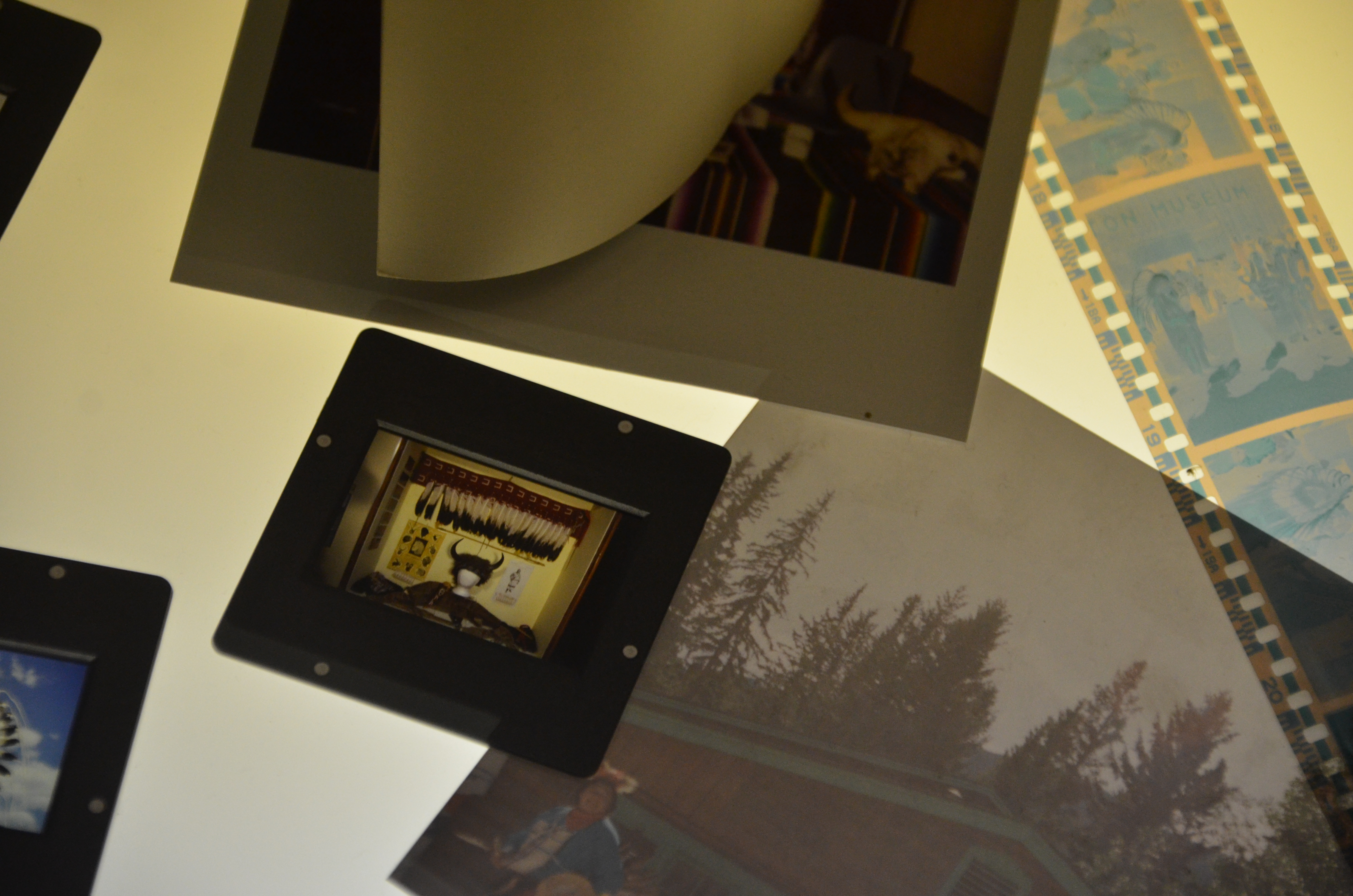What's buzzing Hive!
Well that was a bit of a roller coaster the last few days trying to figure out what I'm going to do with no camera! I don't have a camera yet but I've been looking, not much for secondhand gear in the new Nikon Mirrorless tech! Haha. I was hoping to save a few bucks but looks like that's not gonna happen outside of black Friday sale (probably the first time ever I care about black friday). Instead I re-adjusted my expectations to a more modest camera than I would have gotten if I got to pick the timing of changing my gear. That's ok, at least I'll have a camera to use, if I still want the more professional one later, then I'll deal with that later.

.jpg)
.jpg)
https://thecanadianencyclopedia.ca/en/article/walking-buffalo#:~:text=Walking%20Buffalo%20(born%20Tatanga%20Mani,1967%20in%20Banff%2C%20AB).
The universe providing in a strange way, their new camera Z-6II is on pre-sale for the end of the month so it also lowered the cost substantially for the current Z-6 I have been looking at for now being obsolete (by over $600 savings from the price of a month ago) plus with Christmas and my birthday being so close together, I can get it partially paid as an amalgamated gift so in the end it becomes a more manageable price for me to replace my broken camera before I was ready. I used my camera for a decade, at this point I think anything is probably an upgrade. To continue my story, the store ordered it and I can go see it in a few days and decide for sure.
Can ladybug continue? Is my camera problem almost solved so soon? When I bought my last camera, I had to chase that thing around being the last one in the city. Look at this bad boy, may not have been my first choice but it's no consolation prize either, I think we will spend some good times together. Double sale discount at just the right time...what are the chances. Still feels like the end of an era...If you are a guy and had a beloved truck give it's last rumble for you, that's the feeling right there. Just hits you in the feels even if you saw it coming. It still went out with honor at Maligne Lake. I think I will forever have mixed emotions from that day, I'll show you the view why I was so frustrated in my last post in a later post...lol
https://www.nikonusa.com/en/nikon-products/product/mirrorless-cameras/z-6.html
The real task at hand today was to finish my Banff trip, we visited a really special place that I didn't want to forget to post about before moving on to our Jasper trip. Check out day at the apartment but we don't leave right away (bye bye best bathtub in the world...probably not but better than mine!) I'll leave pictures and details of the place in my next post since I have a bit less material to cover in that one. We looked around and it looked like pretty nasty whiteouts just about anywhere in the area so any outdoor photography was out of the question and who wants to be outdoors in that...blahhh...I'm crazy not stupid! With much of Banff out of whack with covid, we managed to find a local history museum open to spend the afternoon.
.jpg)
The Buffalo Nations Luxton Museum, located in the town of Banff is centered around aboriginal life just prior and after settlers made their way west. Opened in 1952 by Norman Luxton It honors many traditions with their visual story telling with ample selection of artifacts on display dedicated to teach about the local history. The atmosphere was very inviting on this cold day. The outer building resembles a fort, it's pretty easy to find it in the distance. Greeted with the vibrant colors from the gift/admission shop both in the décor and the local crafts for sale combined with the welcoming friendly nature of the museum keepers/workers, I liked this place from the moment I walked in...Didn't even know what was in here yet!
.jpg)
.jpg)
All along the foyer, staring back at us was all local taxidermy of various animals including several buffalo heads. The herds that once roamed Banff are now extinct but there are re-introduction efforts in progress with new calves being born every year. Nonetheless the bison was an important part of the local history and still very much celebrated today. The fate of the bison both tell the tragic tale of bad resource management and wastefulness almost hunted to extinction to opposing societies joining forces to save such a locally valuable resource both for it's meat and fur along with it's spiritual significance to the local tribes. The balance between man and nature is delicate.

.jpg)
Traditionally, the buffalo was hunted by local tribes as needed to survive and for trade, harvesting just about every part they could make use of. The fat was mixed with dried berries in a substance called pemmican as a portable light weight energy source when traveling long distances. The meat was harvested and smoked for preservation. The furs were processed and turned into clothing, Tipi, bags and other accessories required for daily life. There was a certain balance between consumption and nature until European settlers and fur traders made their advances west with the Hudson's Bay Company in search of new resources and expansion. Once the Metis moved is when the buffalo jump method of hunting was heavily adopted. With too many animals to process in a short amount of time, some began to spoil leaving many carcasses behind therefore upsetting the balance and overhunting. To this day, it is still considered the traditional local meat and enjoyed as a delicacy from raised farm bison but consumed responsibly.
.jpg)


.jpg)
There has been many controversies and dispute over the land during the last few hundred years. After the Hudson's Bay company began their expansion it caused tensions between the traditional inhabitants and the newcomers and life began to change. New tools made of steel, firearms, gunpowder, coper pots, wools and tarps were introduced making life easier but other aspects like competition to keep their traditional territory and resources. The fur trade later fell apart with the dwindling resources combined with the Indigenous labor force refusing to trap and process hides as relations grew tepid since their labor was also being abused along with the natural resources as they grew concerned for their way of life being under threat. Keeping their territory became a loosing battle with slowly eroding treaty rights and much of the indigenous tribes were eventually expelled from the land to only be invited for special occasions with the official opening of Banff National Park in 1885 and could no longer be used as traditional hunting grounds.

.jpg)
.jpg)
Thanks to the efforts of M. Norman Lexton to keep local Indigenous history related to the park alive and fighting for the cause, tensions have eased with the government and local tribes have more involvement in ceremonies and other activities in the park along with displaying or selling their handcrafted goods and maintain and honor the history of the first peoples of the land. With talks of reconciliation, it's a step in the right direction but I would like to see other parks following suite and involving the traditional tribes and history so we can better understand our differences as separate nations living into one to create a better future than the painful history already left behind so we can finally live as a united people. By reconnecting with ancestral lands, perhaps the healing can truly begin.
.jpg)
.jpg)
Both in pre contact and post contact, Indigenous tribes maintained pride in a colorful culture with clothing and accessories made of hide covered in intricate beadwork often representing tribal colors and totems/symbols of spiritual, personal or ancestral value. Often theses goods or beads were used as currency or trade, worn to display certain relationships and special events like marriage proposals or other agreements. The practice dates back as far as 8000 years ago originally started with seashells, dyed porcupine quills or other raw materials that could be worked into a bead or fashioned into jewelry like carved bones or anything the land would provide. Once European arrived, the hand crafted beads from natural materials were replaced with glass or ceramic beads often given as gifts to form friendships or as trade goods as most indigenous used a barter system rather than currency.
.jpg)
.jpg)
http://aboriginalperspectives.uregina.ca/workshops/workshop2011/background.shtml
Of course it is not worn as prominently in every day clothing in today's times but very much still part of accessories like jewelry, moccasins, hair clips, belts, bags ... etc . During special healing ceremonies along with local and regional Powwow where the different nations gather together for dance, drumming, signing and feasting with dance competitions where they dress in the traditional Regalia, ribbon skirts and heavily beaded attire. It's also a place where craftsmen's and consumers can get together and conduct trade for handcrafted goods. Contrary to popular belief, many Powwow are open to the general public to come celebrate together, learn about the culture, if you ever have the chance to go I recommend the experience, the drumming has a certain spiritual healing power to it's rhythm like experiencing a collective energy, it's quite peaceful.
.jpg)
.jpg)
.jpg)
.jpg)
Women played a crucial role in society responsible for any task required to maintain camp and home life, from raising and educating children, maintaining oral traditions and installing social values into the next generation was an honorable and sacred task. History was not recorded but transferred thru oral teachings from generation to generation therefore creation stories vary between nations. Teaching the next generation how to harvest sustainably from wild edible plants or any agricultural tasks were often part of the daily chores.
.jpg)
Other tasks included sewing, foraging, cooking, cleaning, processing hides and preserving meats and other foods required for winter, maintaining fire, gathering wood. Life was hard and days were endless yet the fierce women worked together to accomplish all the daily tasks. Many tribes lived a semi-nomadic life, sometimes bearing the extra tasks of packing up camp and getting everyone ready to move to the next location. Although they all seem like mundane tasks, women also had a valued opinion and were consulted elders in tribal matters until colonization and the patriarchal system it brought along significantly altered their role over time. The impacts are still under study today many generations later.
.jpg)
Most of the men's duties were away from camp including hunting & trapping both for food and trade, protecting the tribe or long expeditions away from home like raiding enemies for horses or battle. Official governance of the tribes were generally also attributed to men. In the Indigenous culture past and present, the eagle is a sacred spirit and animal therefore the creatures are not hunted for their feathers to build a Chief Headdress. The large predators are baited and captured, a special ceremony was performed to ask for permission with only a few feathers removed so it does not harm the ability for the bird's survival and then released. To wear an eagle feather or Headdress is reserve for the highest honors and is considered a symbol of strength courage and wisdom, feathers were also earned thru acts of bravery or good deeds.
.jpg)
.jpg)
At first glace, the building looked small and humble but once inside, there are a surprising amount of displays and artifacts yet it's still pretty open with enough room to get around even with the social distancing measures. It should take the average person about one hour to complete the tour that includes an interactive app to follow along giving further explanations on important figures, displays or ways of life. This wasn't planned at all but given all the places we visited this trip from the Paint Pots, where the resource to create coloring was taken from, the arduous passage thru Devil's Gap to reach the plains for hunting, seeing the porcupine in Lake Louise... Seems like this museum tied it all in together for us. I have to say for the $10 cad each or whatever it cost to get in it was well worth it, at least I thought it was interesting but I'm a bit of a nerd...oops (I know you already know!)
.jpg)
As if this wasn't enough culture yet, I have a little left for you. The museum also contains a giftshop like any other, except this one is mostly handcrafted goods from the locals. I often get asked where is a good place to get authentic Indigenous crafts, well this is as authentic as getting it at the Powwow, actually will probably be the same artists. The culture in the mountains is as colorful as it is beautiful. Despite all the adversity life continues to progress hopefully towards mutual prosperity and friendship.
.jpg)
Today, many of Canada's indigenous tribes continue to face hardships from lack of clean water, land disputes with the government, lack of mental health resources to recover from past atrocities like residential schools where they were stolen from their parents and forced to renounce their culture and adopt western religion and values(Catholicism), genocide and the ongoing crisis of Missing and Murdered Indigenous Women and Girls (MMIWG) that often remain unsolved, disconnected from major cities along with various other mistreatments and human rights violations.
We can't change what's happened in the past or hold ourselves accountable for what our ancestors may have done but we can start acknowledging the pain it has caused and extend a hand towards a path of recovery together and change the social issues that plague the communities that have been affected by unethical government/ religious treatment, at the very least prevent the situation from deteriorating. We are our brother's keeper.
.JPG)
.JPG)


.JPG)

.JPG)
.JPG)
.JPG)
.JPG)
.JPG)

I envy you, being able to go out there!'
This is a wonderful read, and thanks for having it out herel
Thanks! It was pretty fun to learn. Maybe someday you will get to visit, I'd be happy to be your tour guide!
Someday!
But I am starting to doubt it,
with this Covid and all!
It doesn't seem to let up! 🥰🌺🤙
!ENGAGE
I know right! It's getting crazy out there again. I have faith that this is just a bump in the road for now.
Yes, we can hope!!!
ENGAGEtokens.HTTP is in use instead of HTTPS and no protocol redirection is in place. Be careful and do not enter sensitive information in that website as your data won't be encrypted.
It's also a good habit to always hover links before clicking them in order to see the actual link in the bottom-left corner of your browser.
This auto-reply is throttled 1/20 to reduce spam but if it still bothers you reply "OFF HTTP". Or reply REVIEW for manual review and whitelisting.
REVIEW
What is this? It's a museum website. Easy there tiger!
Thanks! Whitelisted.
Thank you.
Congratulations, your post has been added to Pinmapple! 🎉🥳🍍
We are giving away 2000 Hive for reaching 1000 travel digests
Anyone and everyone can join!
Join the raffle and check the 1000 contest post
Did you know you have your own profile map?
And every post has their own map too!
Want to have your post on the map too?
Daily Travel Digest #1037.
Become part of our travel community:
- Join our Discord
- Learn more about our travel application
Hiya, @LivingUKTaiwan here, just swinging by to let you know that this post made it into our Top 3 in Your post has been manually curated by the @pinmapple team. If you like what we're doing, please drop by to check out all the rest of today's great posts and consider supporting other authors like yourself and us so we can keep the project going!Thanks @livinguktaiwan! Appreciate your help xox
Awesome Post and so Many Wonderful Pictures and Native American History. Thank You @ladybug146
Thanks! I love Native American history, I wish they would teach it more in Canada.